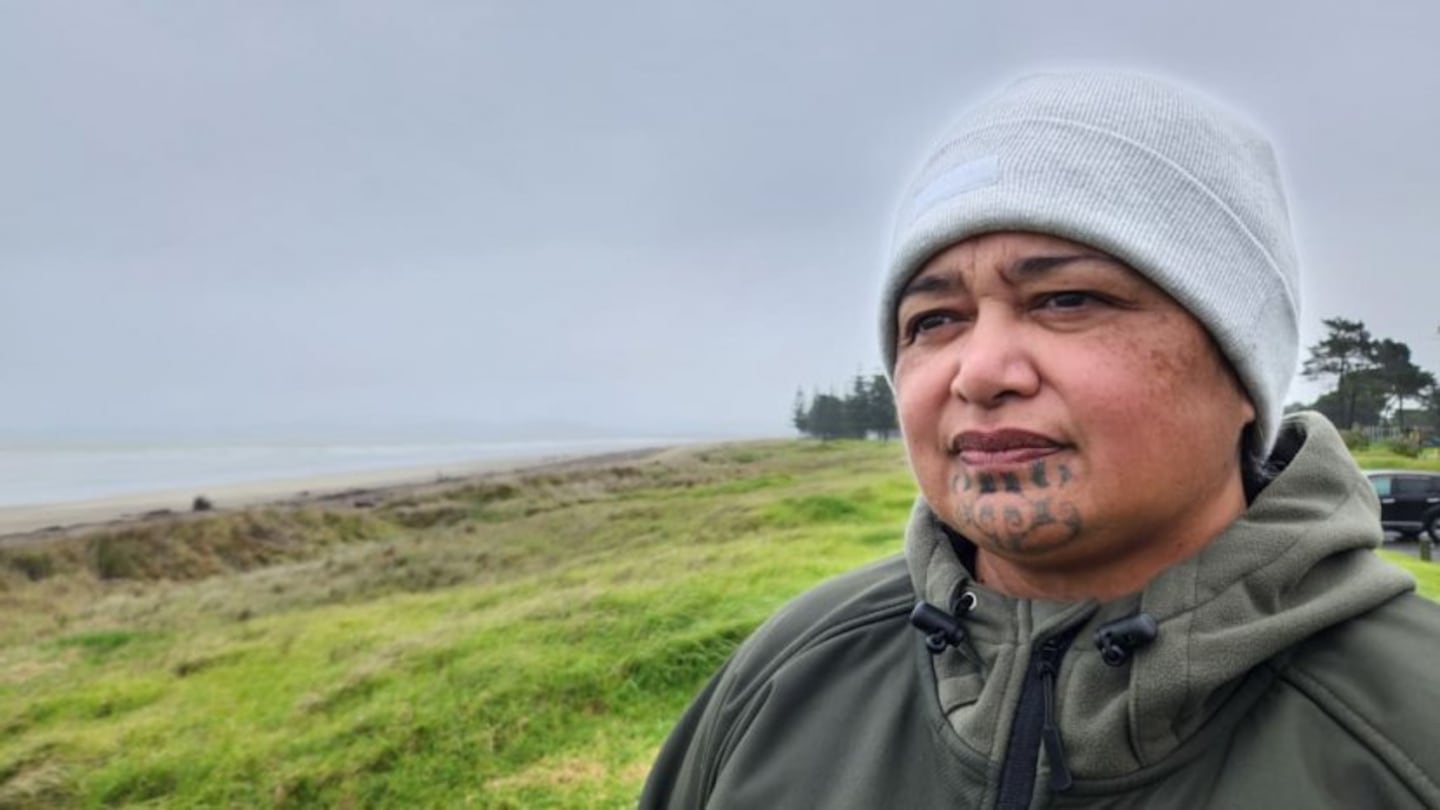By Sally Round, RNZ
From the back country to the coast, and the flats and rolling hills in between, you won't find many places or people untouched by the claws of cyclones Hale and Gabrielle, which ravaged the region at the start of the year.
Dez McGrannachan is too nervous to put a net in the river now.
The grey and sludgy Uawa River, lined with woody debris, slithers past his house, just metres from the verandah he built to sit and admire the view.
"There's so much stuff in there since Gabrielle, I'm going to catch it on the bottom. I won't do that."
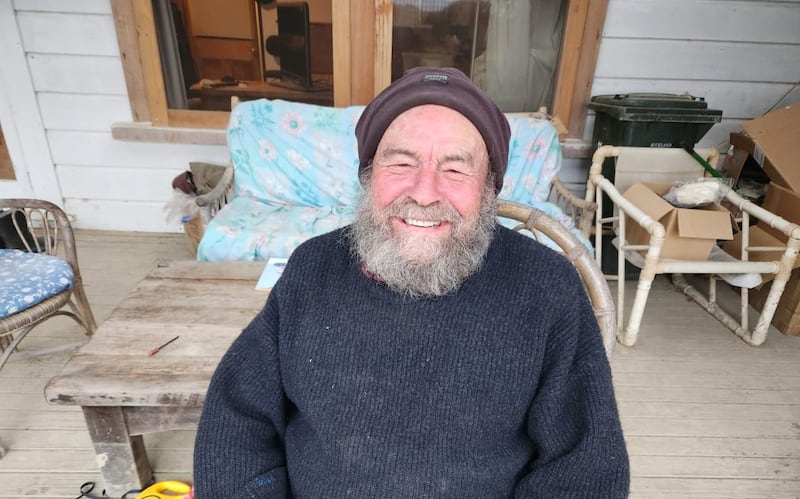
Dez on his verandah just metres from the Uawa River which flooded his home. Sally Round / RNZ
The river has been a rich food cupboard for this retired haybaling contractor and possum hunter.
It gave him kahawai, mullet, eel, flounder, parore and 18 to 19kg of whitebait in a good season.
"Ever tried smoked mullet?" he asks, smacking his lips.
Catches rose significantly after large-scale tree planting initially cleaned up the water, he says.
He noticed a reduction in his catch after the tree harvest started.
"I wouldn't even bother now," he says, although he admits to still seeing signs of marine life as he gets on with building stop-banks and clearing half-a-metre of muck from his home.

The logs jammed up against the Uawa river bank just metres from Dez' house. Sally Round / RNZ
He is planning to build up the earth and create a higher platform for his century-old villa further back from the river.
"You sit out here on a beautiful night and the river's lovely ... it's lovely!"
Two cyclones and constant rain have added to years of erosion, hurling mountains of silt and debris downstream, choking rivers and suffocating the coastline, a ministerial enquiry reported in May.
The food security of local people has been affected, according to Hera Ngata-Gibson, a resident of Anaura Bay and instigator of a petition for an investigation into land use in the region.
"It's having an impact on a lot of our families who are used to being able to gather kaimoana - crayfish, kina, pāua," Ngata-Gibson says.
"We're feeling it in our little community. It's not just the sea, it's the freshwater species as well," she says.
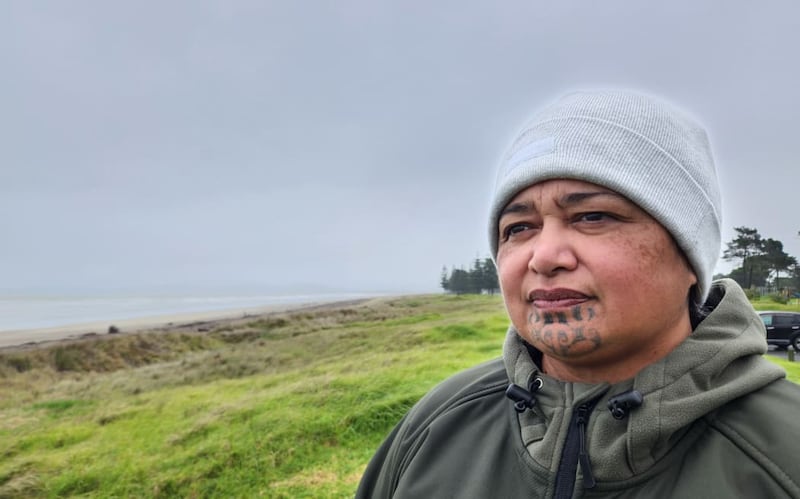
Hera Ngata-Gibson. Sally Round / RNZ
"Even the hunters, the pig hunters, the deer hunters, when your roads are shot, it's dangerous, our place is a hazard.
"And then there's just being able to access the shop."
There needs to be a 100-year plan, Ngata-Gibson says.
"How do our people survive the next 100 years and still ensure our descendants are living a good life in this place?"
Bush Destounis, a commercial crayfisherman who has fished in the area from Tokomaru Bay north for several decades, estimates stocks have declined by about 70 percent.
Destounis says female numbers have declined.
"They're just about becoming rare," he says.
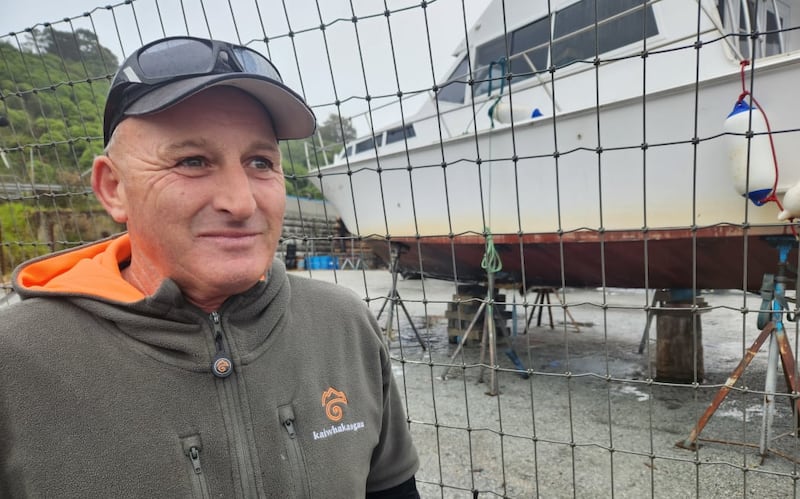
Crayfisherman Bush Destounis has seen a huge decline in fish stocks. Sally Round / RNZ
"We've got this new viral disease on them called black spot ... and then after that we started to get what you call floppy tail."
With sick crays not suitable for export, he says "it's a borderline business commercially".
Among others, Destounis has been pushing for scientific research into the problem.
"I've got no doubt in my mind it's certainly environmental but just trying to tag it to what, I'm not 100 percent sure."
He does have a hunch though.
"You've got to be dumb if you don't realise that forestry, millions of tonnes of slash, silt, sedimentation along the coast is choking us."
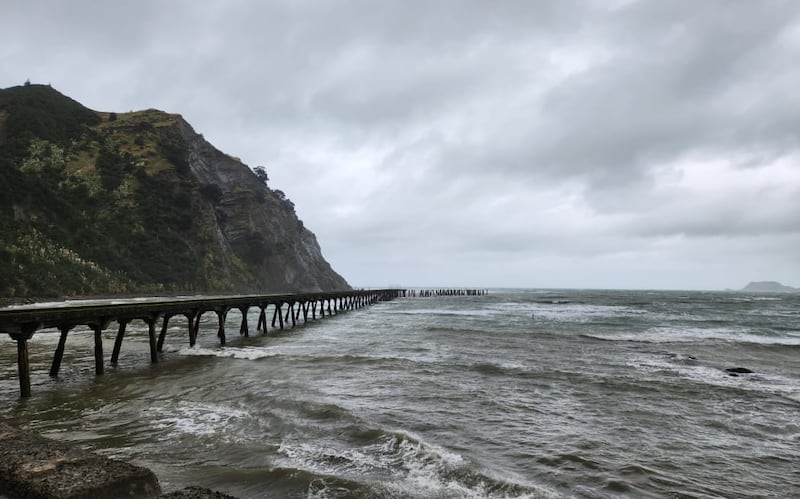
Tokomaru Bay. Sally Round / RNZ
Community leader Lillian Te Hau-Ward has also been angling for answers.
"Thirty years of silt and sediment has killed off our kāpata kai," she said.
"They're pulling out more debris than they are crayfish. All the crays are actually moving [away].
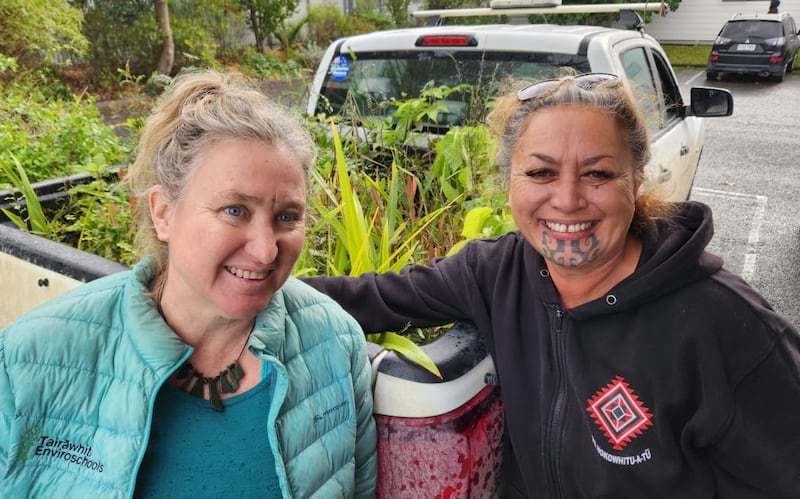
Kauri Forno of the Women's Native Tree Project Trust and Lillian Te Hau-Ward a civil defence and hapū leader in Tokomaru Bay. Sally Round / RNZ
"We have islands of logs out in our sea. We also have logs impaled into the seabed. There's a lot of damage out there and we need to know what's happened so we can try to rectify it."
NIWA research vessel Kaharoa is in the region's waters this month sampling sediment, videoing and further mapping the seafloor, according to an official flyer for the local community.
"We are having to move fast before important evidence disappears," it said.

